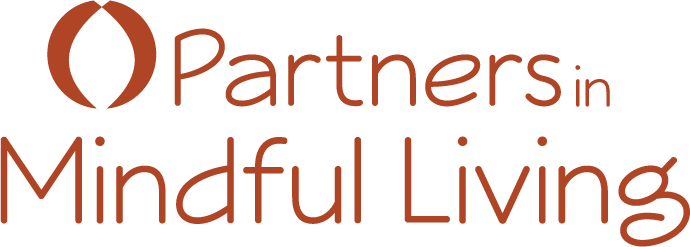
And remember, we all want the same thing.
April 10, 2022
So says Peter Kaufman, a storehouse of information on living life well. He’s the CEO of Glenair, an aerospace company based in California, and the editor of Poor Charlie’s Almanack, a book about Charlie Munger.
You’ve probably never heard of him. I hope to help you remember him.
I listened to a podcast of Kaufman presenting to a group of students in the Economics Club at California Polytechnic State University Pomona.
I’m not too fond of long podcasts and long articles. But I listened to this one, and then read the transcript. And then I reread it, highlighted, copied, and saved it.
I almost stopped listening at the intro because the complicated title threw me. The Multidisciplinary Approach to Thinking Introducing Two Ideas — Mirrored Reciprocation and Compound Interest.
Ugh!
Keep it Simple
But Kaufman is a smart guy — he quickly boiled it down so that I could relate. He reeled me in. I was hooked.
He has combined two simple ideas into an inspiring life hack:
- Mirrored reciprocation translates to “go positive and go first.”
- Compound interest translates to “be patient and consistent in your efforts.”
Patiently and consistently go positive and go first.
I can remember that! It is embedded in my memory because I started applying it right away!
How does his hack apply to you and me? I’ll explain using myself as an example of how it can work. As always, when learning new behaviors, it’s baby steps for me.
Go Positive and Go First
How many people do you know who consistently take the high road? People who look for, and find, the best in others and you. I don’t know many, but the ones I know get my immediate attention. I want to be around them. Hell, I want to be like them.
What does ‘go positive and go first’ look like?
In its smallest permutation — which is what I’m playing with now — it’s as simple as this: I smile first when I pass you on the street, I say, “Hey” in an elevator, and I grin at the person in the car next to me at a stoplight rather than quickly turning my head in embarrassment at the unexpected eye contact.
I’m keeping It simple because I want to build a new habit, and if I make things too complicated or lofty, I’ll forget.
It’s pretty selfish. Because every time I go positive and go first, I feel great, and I think I’m probably racking up some decent karma!
Be Consistent
Kaufman’s second idea, that compound interest — patience and consistency — reaps more rewards than intermittent practices, also resonated with me. I’ve seen it work with investments. And like my investments, I understand that things will go up and down. But when I stay the course and patiently and consistently make deposits, the benefits grow.
The idea of consistency made me realize I don’t have to wait until I feel great to reach out. I can go positive and go first even when it’s not sunny and I’m cranky from a string of gloomy, grey days. I can still consistently reach out whenever there is an opportunity to connect with another human being, whether I’m grumpy or not.
I can’t count the number of times I’ve stepped into an elevator and quickly turned to face the door. Every time it happens, I feel awkward and mildly weird sharing such a tiny space with a stranger.
But since I’ve been playing with the idea of consistency, I’m like a walking smile machine. And here’s the fun part. I feel better with almost zero effort, and the awkwardness is gone. I mean it when I get off the elevator and say, “Have a good one!”
Don’t Worry About Looking Silly
I’ve stopped worrying too much about looking silly. I believe that most people — say ninety to ninety-five percent — will respond positively to a friendly, non-threatening gesture.
And I’ll take that chance. It only takes seconds to change my day and, hopefully, brighten someone else’s.
We’ve been isolated for too long. I can’t think of a better way to come back into the world — with a mask or without — than to reach out positively to someone who might be feeling just as isolated as I at times feel.
The worst possible outcome would be somebody ignoring my attempt. And like I said, I bet at least ninety percent of the population is as interested in connecting as I am.
We Are the Same in a Critical Way
We all want attention. That’s the primary way we are the same. We want to feel loved, appreciated, and valued. We want someone to notice us. And if we’re honest, we want it often.
Now I can give that to everyone I know without even breaking a sweat.
I’d love to hear your ideas on how you go positive and go first, with consistency. Kaufman makes it clear that he didn’t reinvent the wheel. He explains here how he absorbed ideas from some of the world’s best thinkers and then related those ideas to how we can make our lives better. I’m looking for new ways to expand on Kaufman’s ideas, and your experience can be valuable information for all of us.
Much love,
